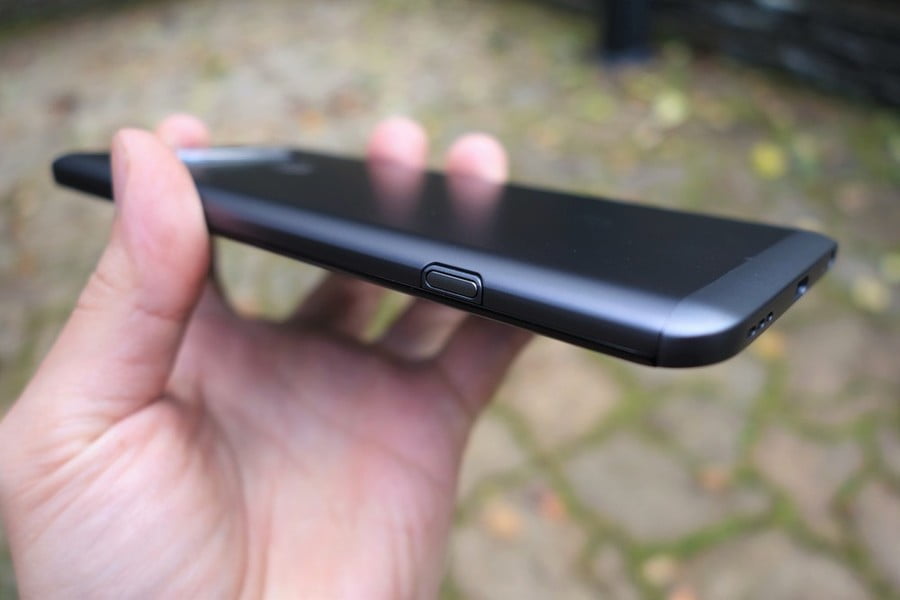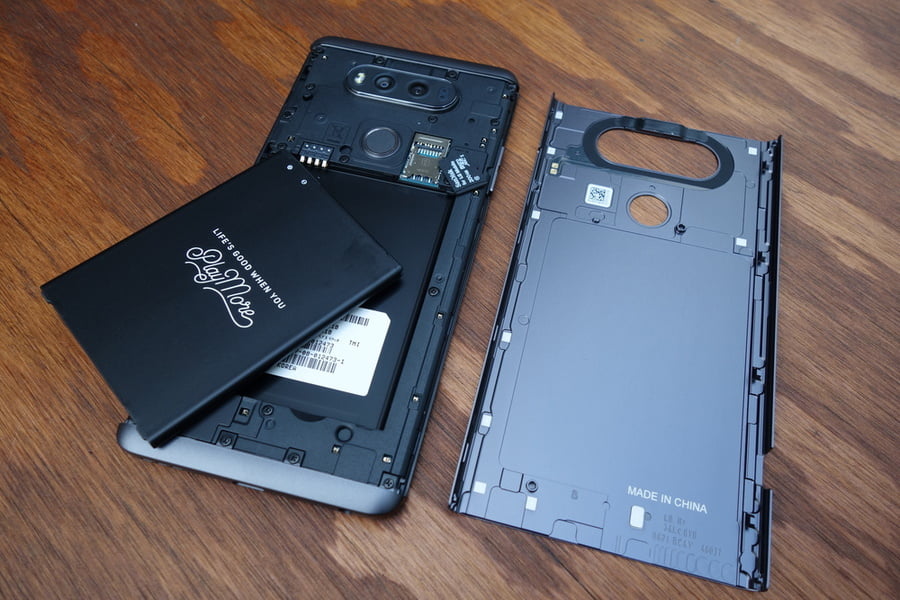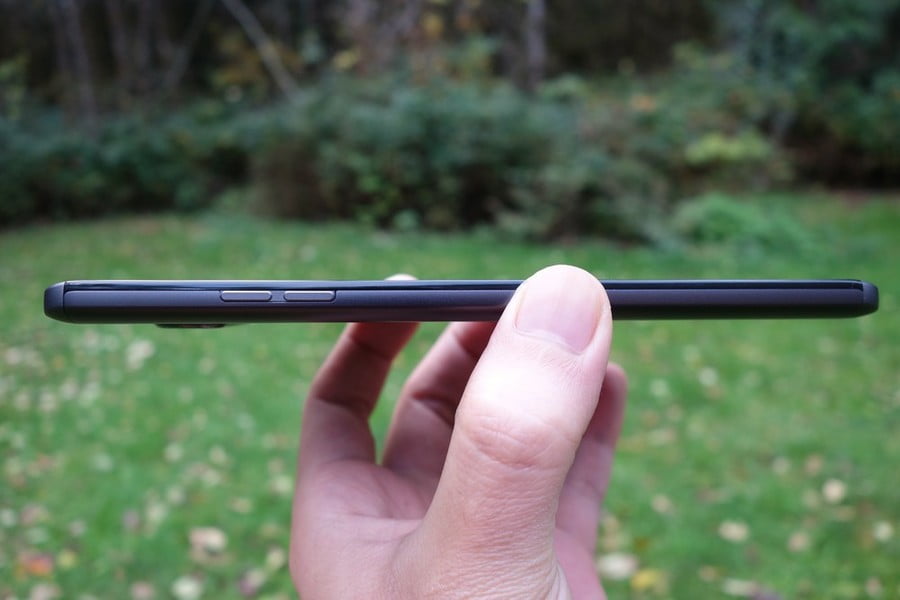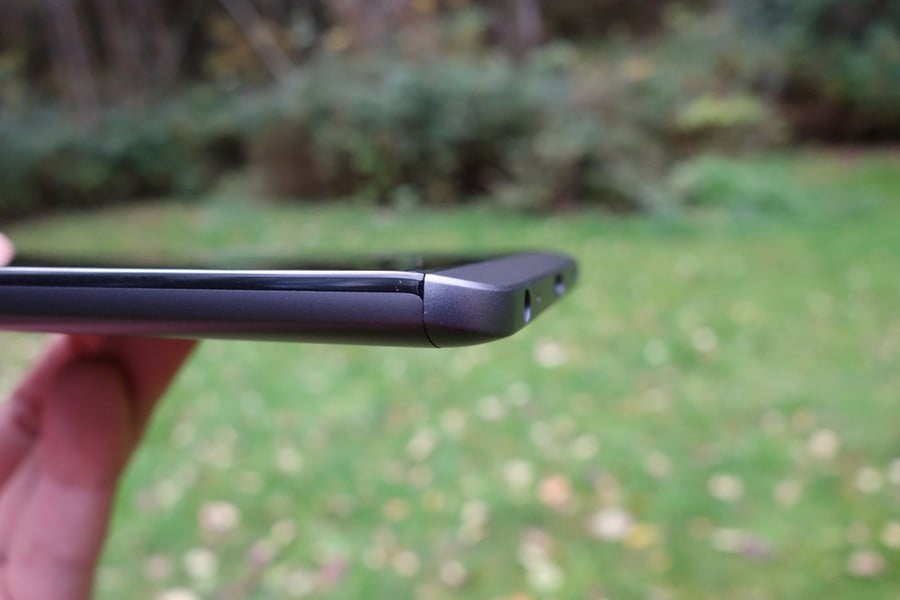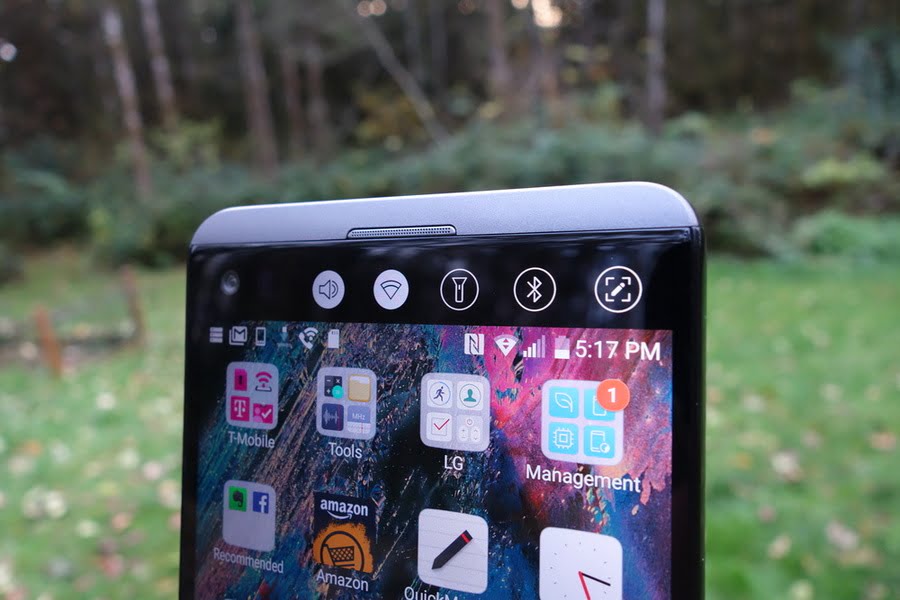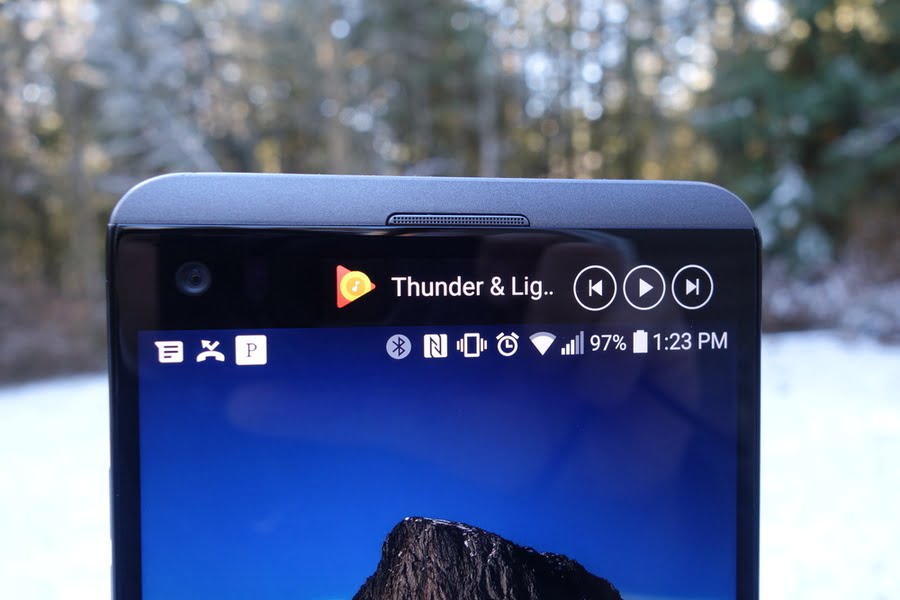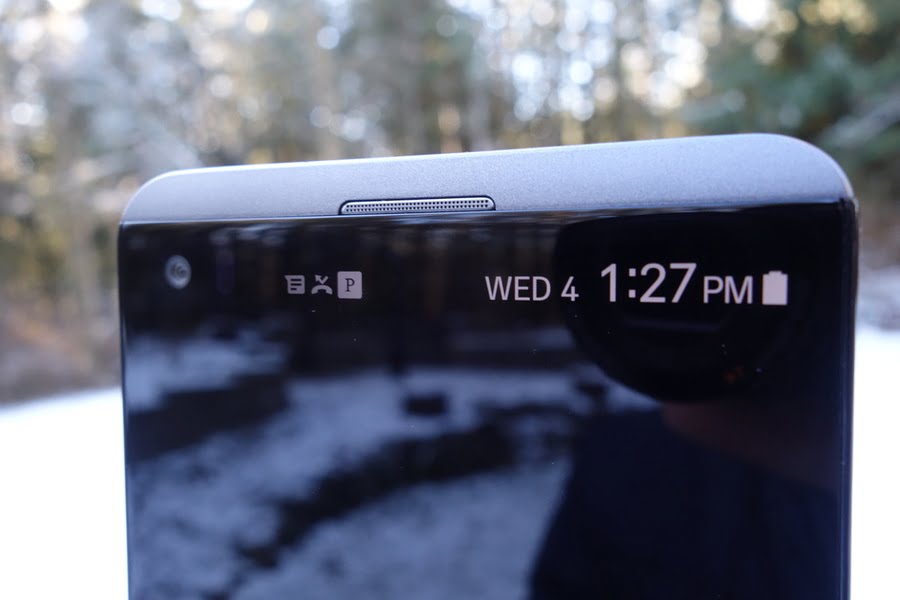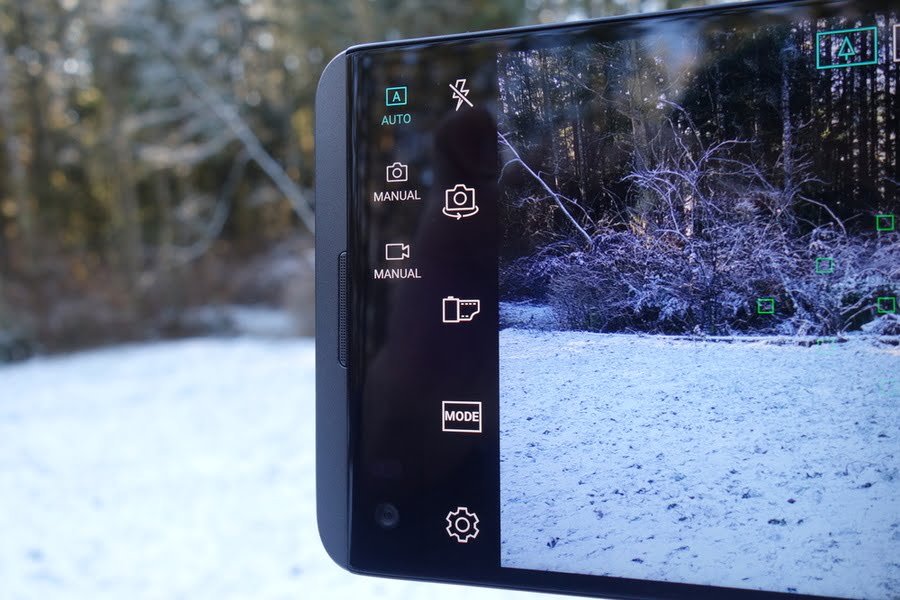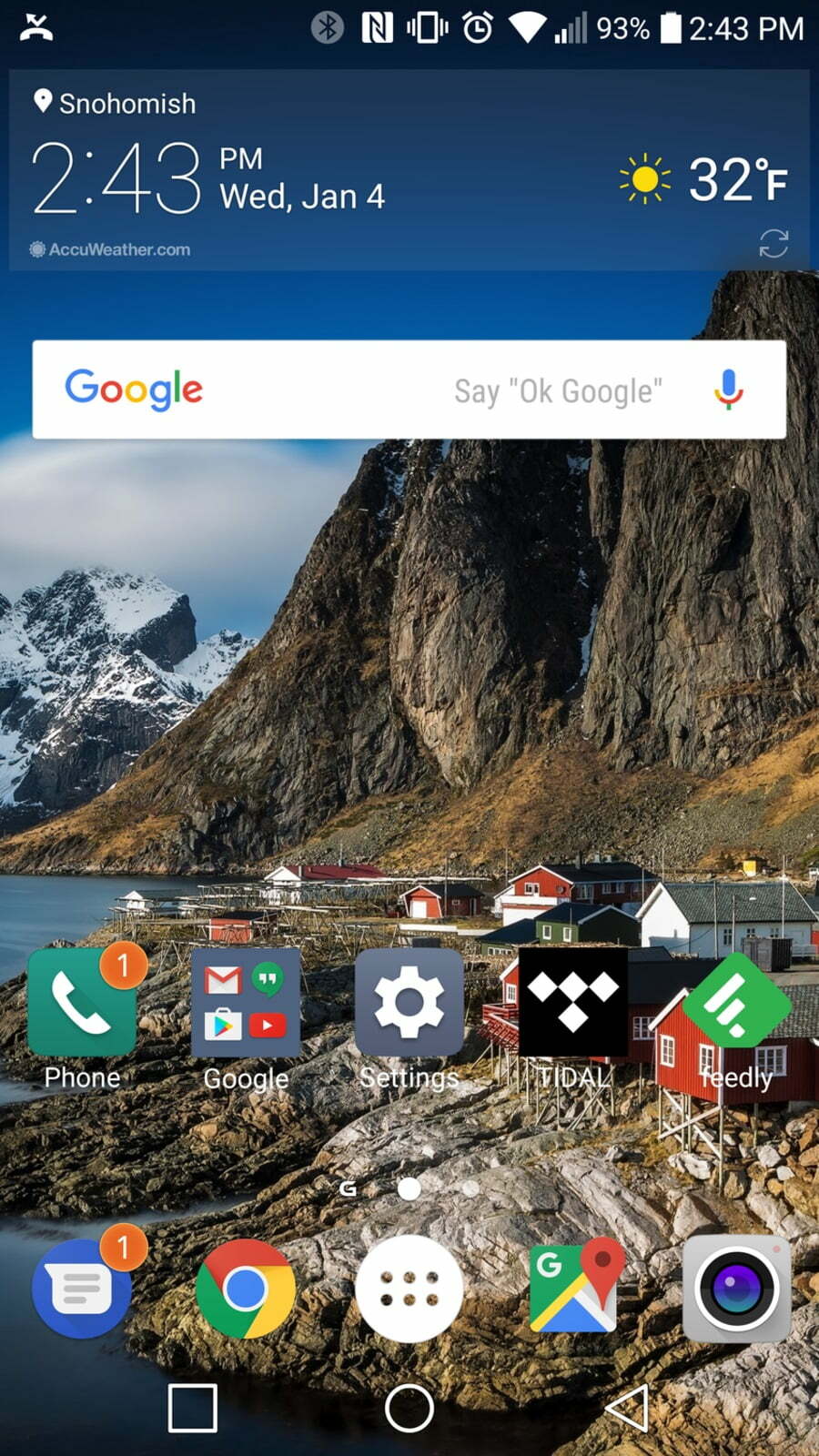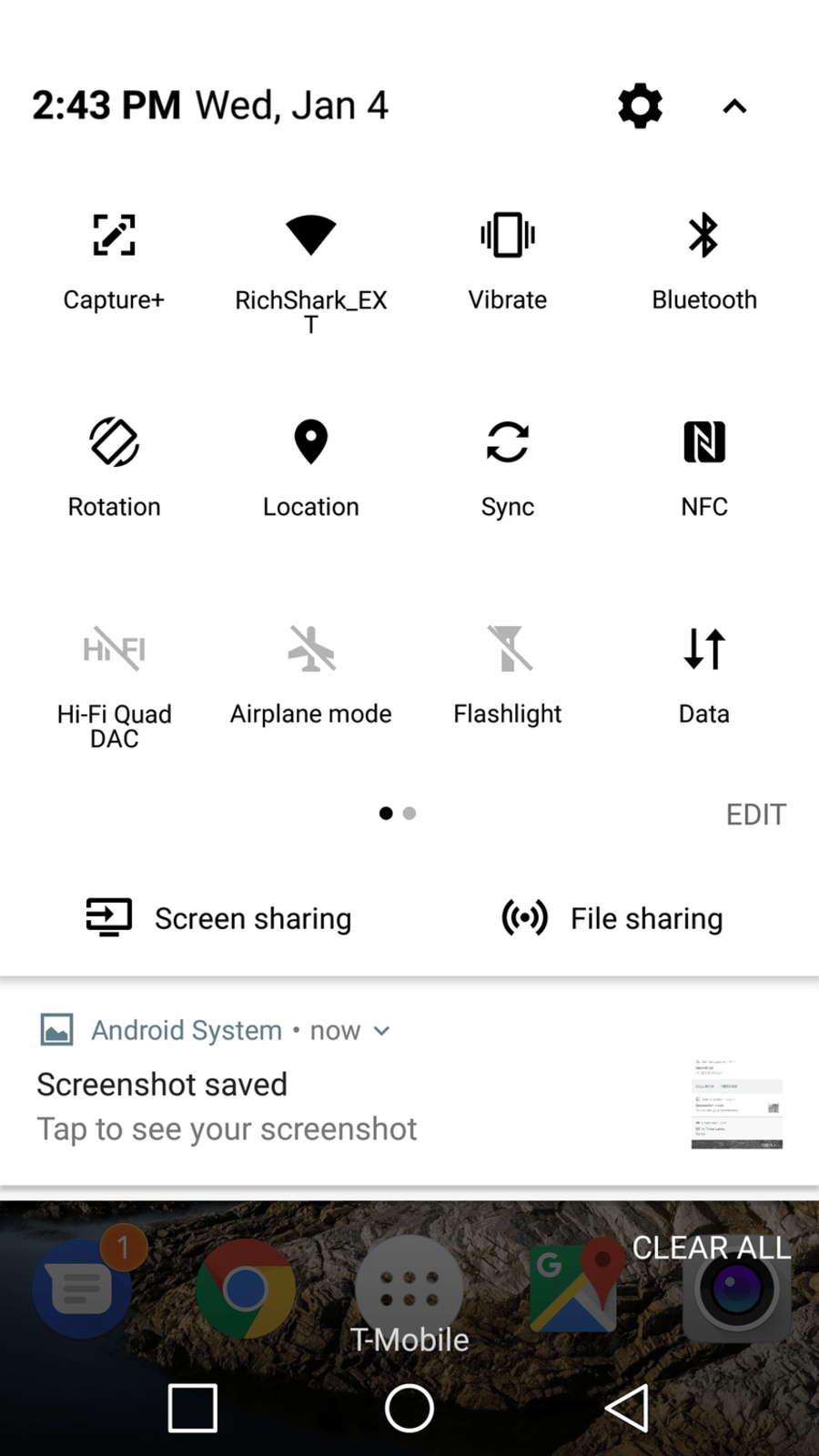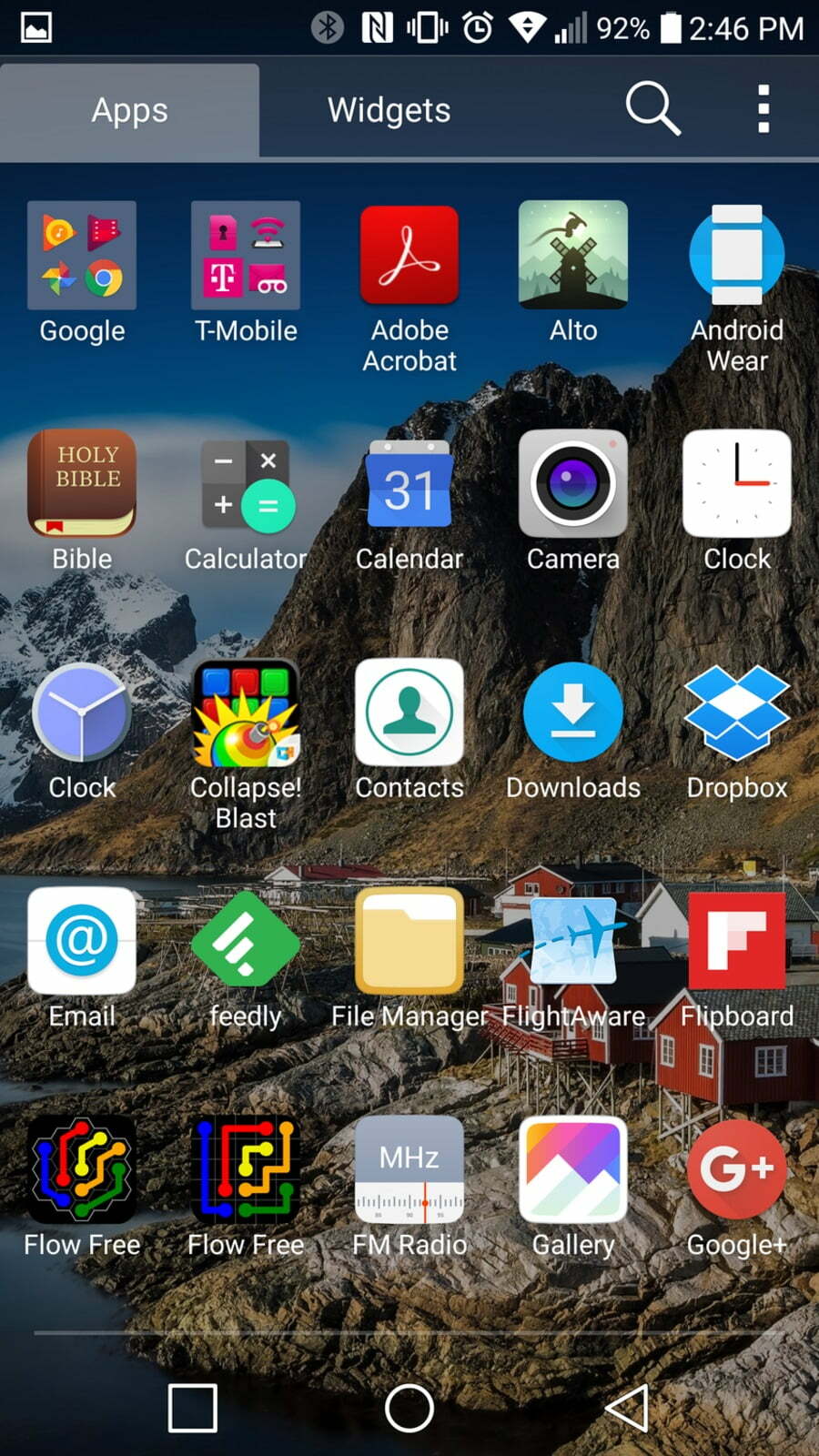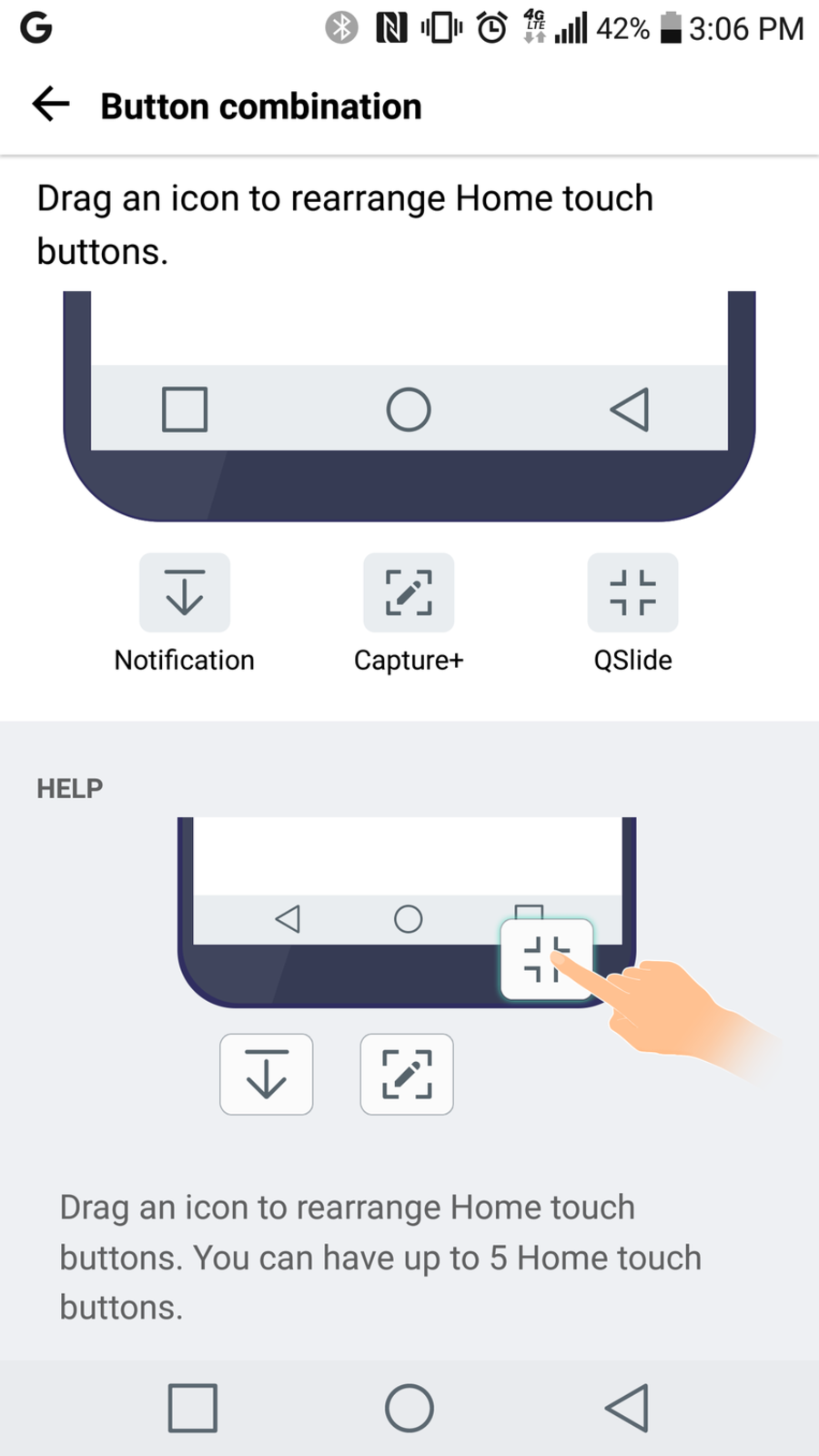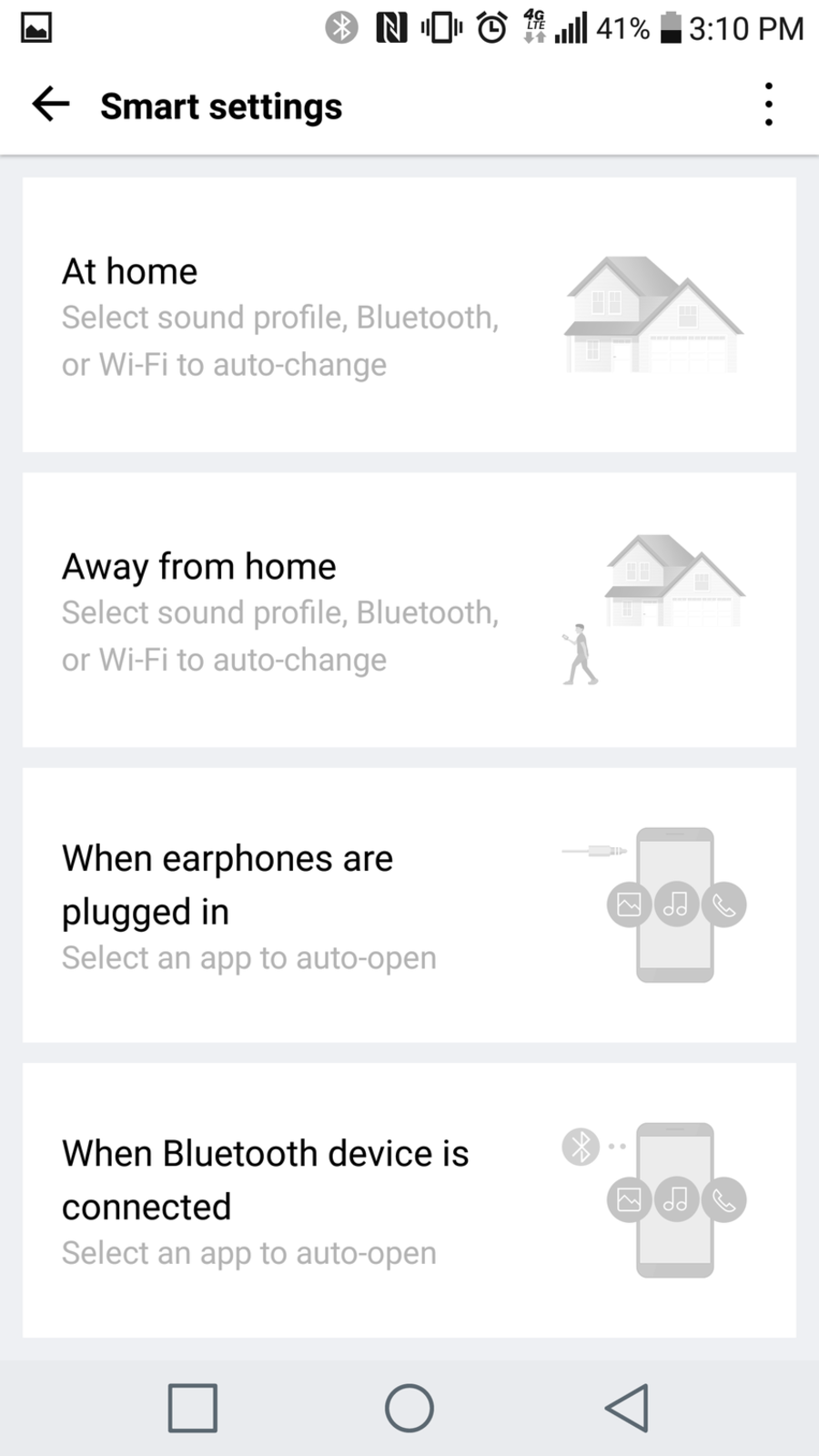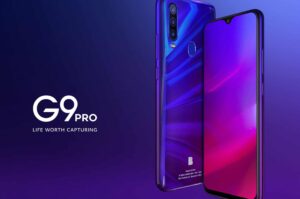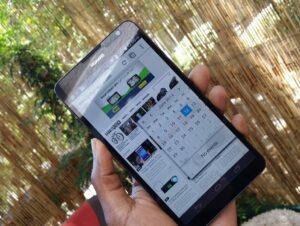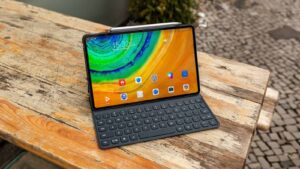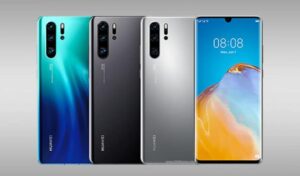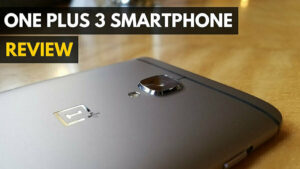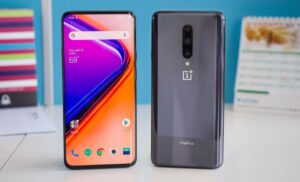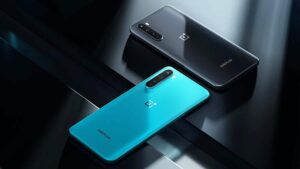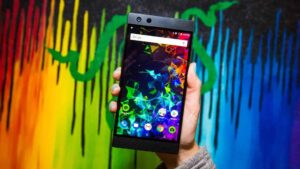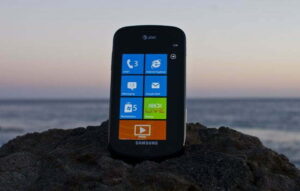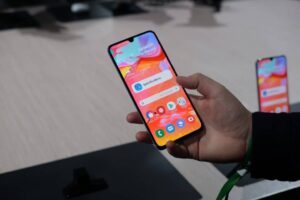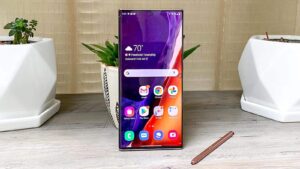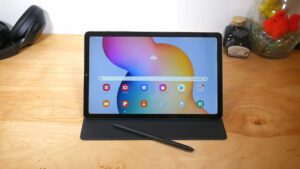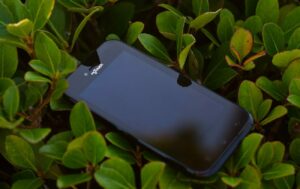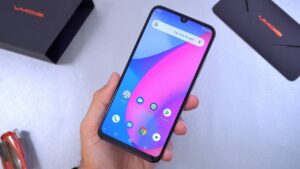Towards the end of 2015, LG introduced a new flagship smartphone series with the V10. Although it was a relatively soft launch, there was nothing that fell short about the supersized, media-devouring portable machine. Many in the tech community considered it the best Android phone of its year – not a bad start for a new name. Also read about the best unlocked phone.
So of course we’d have a sequel to the V10 a year later, and that incremental step was realized as the LG V20. Can LG keep up the momentum from that respectable start, or is this another sequel that can’t match the magic of the original? Let’s find out in our LG V20 Smartphone Review!
Overview
Price: $672 or $28/month on Verizon
Available: Oct. 2016
Model: V20
Summary: The feature-packed and media-powerhouse LG V20 impressed us on many fronts. You can find numerous components on this sizable smartphone not on others, such as a secondary display, additional wide-angle camera, 32-bit HiFi Quad audio DAC, and removable battery. However, some questionable quality aspects keep it from achieving greatness.
What We Liked
- Removable back cover in a metal design, with removable battery
- Snappy and reliable performance
- Unrivaled audio in the smartphone world.
- Wide-angle camera is a real nice-to-have
- Latest Android build (7.0, Nougat) out the box
What We Didn’t
- Large and slippery phone
- Display quality left something to be desired
- Battery capacity should be larger
- Camera’s dynamic range not the best
LG V20 Specs
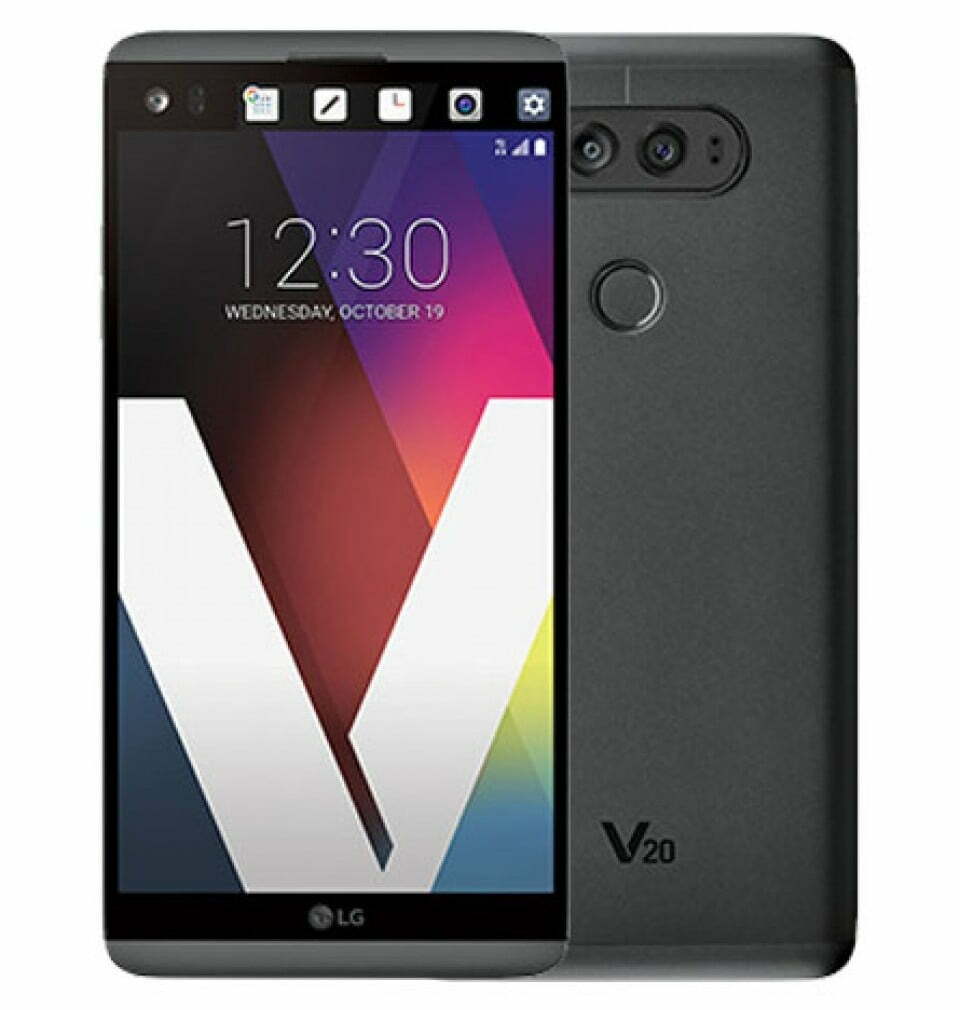 | |
|---|---|
| Display | 5.7″ QHD IPS LCD + 2.1″ Second Screen |
| Chipset | Qualcomm Snapdragon 820 (quad-core, 2.15 GHz) |
| Memory | 4GB of RAM |
| Storage | 64GB internal with microSD card support (up to 2 TB) |
| Rear Camera | 16MP (f/1.8) and 8MP (f/2.4, wide angle), OIS, laser AF |
| Front Camera | 5MP Wide-Angle (switchable to standard angle), f/1.9 |
| Battery | 3,200 mAh (removeable); talk time of about 14 hours and standby time of 17 days |
| Software | Android 7.0 (Nougat) |
| Colors | Titan or Silver |
| Price | $672 or $28/month on Verizon |
| Buy Now |
Design
The exterior of LG’s original V-series smartphone strayed from the pack, in a good way. Not only did it sport a super-grippy, textured rubber back cover, but it was flanked by stainless steel railings for some appeal and additional grip. It was a smartphone for function, where most manufacturers were sacrificing for form instead. But if you have a tight budget, you may want to read our Moto E5 review.
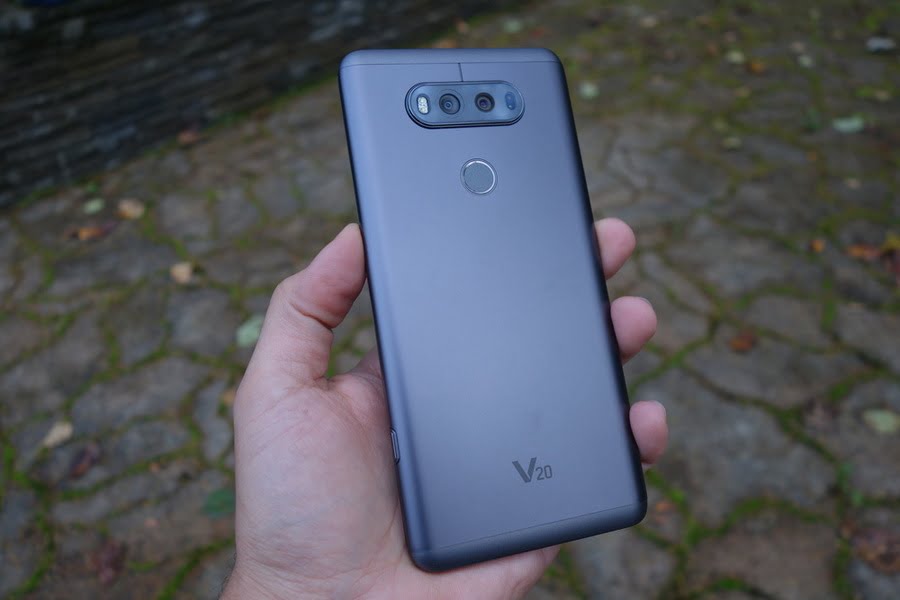
Fast-forward to today, and we still have a smartphone that prioritizes the maximum media experience, but is made-over so that it can at least pass for a “premium” device that we’ve all come to expect from a top-dollar flagship phone of today. Unfortunately for grip, this means that the original textured cover was traded for a smooth one, which can achieve that classy feel of cold metal in your hand and a thinner chassis, but makes it a pain to try and hold onto without an added case.
We have to give kudos to LG that despite the LG V20 being a metal phone, the back cover can still pop off and provide access to a removable battery. LG is the only top-end phone manufacturer that has stuck to its guns and ensured that the feature remains, where the rest of have dropped it for the sake of refinement and planned obsolescence.
That said, compared to its biggest competitors, the Apple’s iPhone 7 and Samsung’s Galaxy S7 series, a metal cover doesn’t exactly save the LG V20 from still being a little clunky. The build is a hodgepodge of different materials and seams. The top and bottom caps are actually plastic in order to allow for wireless reception, and being that the metal panel shares the edges with a glossy plastic housing, you have a questionable interface where all the materials come together. This means that any level water/dust-proofing is forgone as well.
But although we have criticisms over the V20’s level of refinement, we must praise LG for maintaining the series’ impact resistance. The phone’s slimmed-down exterior is said to still meet the military drop test MIL-STD-810G standard – a nice peace of mind to have with the constant potential of gravity claiming our beloved devices.
Performance
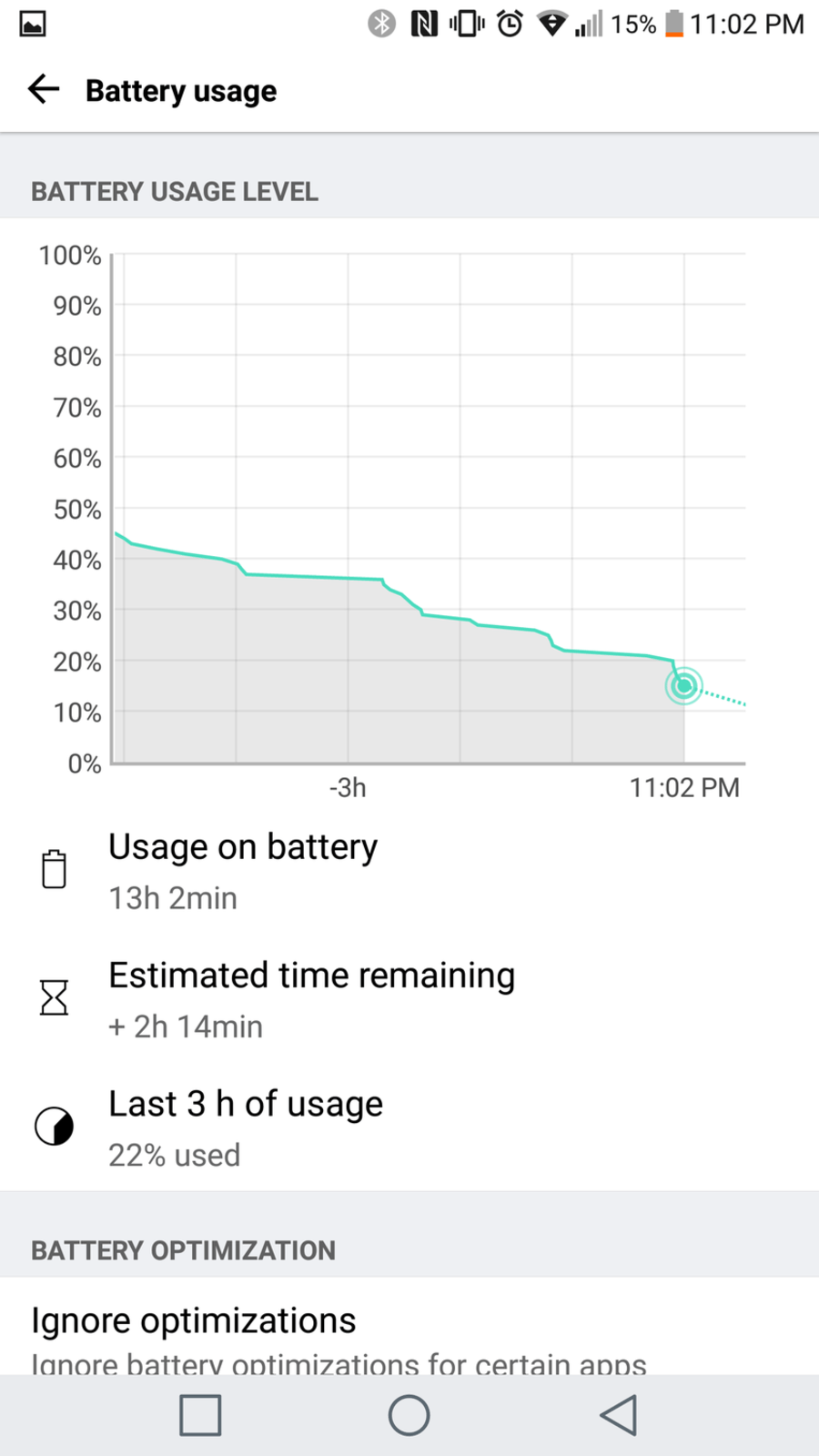
Where LG falls a little behind in aesthetics, it totally makes up with functionality, which is the primary aim of the V-series. Under the hood is the proven and blazingly quick Snapdragon 820 chipset and 4GB of RAM, which matches spec-for-spec with the rest of its top-end brethren. However, we will say that the software’s performance has a snappier edge compared to its most direct competitor from Samsung. Google’s Pixel phone still has the crown for smoothness, but the LG V20’s speed is comparable, and we didn’t observe any noticeable stutters or hang-ups throughout our testing of the device.
Also See: Best Smartphones 2017
Like the V10, the V20 also packs a generous 64GB base storage capacity, which of course can be expanded via the microSD card slot next to the battery (with support up to a whopping 2 TB). At 3,200 mAh, we’re a little disappointed that the battery capacity isn’t closer to 4,000 mAh for a smartphone this size, but at least you can still swap batteries on a whim if you choose to buy an extra one. Given that the V20 has a lot of screen to power, we weren’t expecting a full battery to get us more than a day’s use, and we were right. Idle saw a respectably minimal drain of around 3 to 4% an hour with a good internet signal, while more taxing uses like watching a video dropped at more drastic but reasonable 13 to 15% an hour. You should get about 14 hours of talk time from a full charge, and the phone can last up to 17 days in standby.
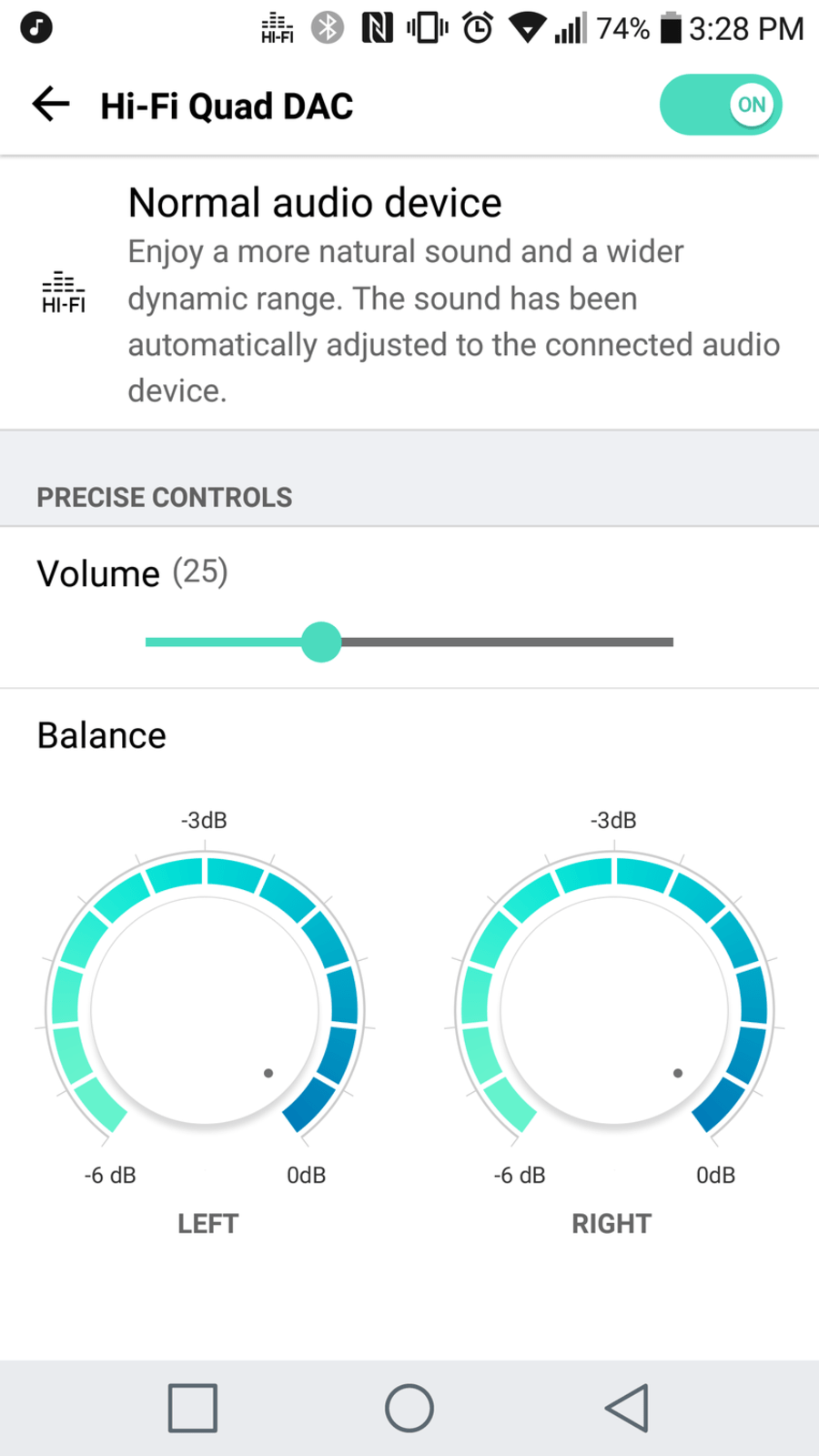
One of the V20’s significant selling points that buyers may overlook are its high-res audio capabilities. Not only does it maintain the 3.5mm audio port that the iPhone 7 jettisoned this year, but it is powered by probably the best integrated DAC (digital-to-analog converter) to hit a phone to date. This is a dedicated sound processor (separate from the one in the Snapdragon chipset) by ESS Technology, the producer of audiophile SABRE DAC and AMP chips. The ES9218 Quad DAC in the V20 boasts a lot of HiFi bells and whistles as an upgrade from the ES9018 processor in the V10, such as being 32-bit capable, comprised of four DAC chips in parallel, and dramatically improving signal-to-noise ratio for superior clear audio. Just bear in mind that it will be a significant draw on your battery, more or less depending on your headphone’s power requirement (draw at about medium gain costed us about 10% an hour).
And our ears agree that these upgrades are sonically incredible. Using high-end headphones, tunes via the SABRE DAC were discernibly richer, clearer, and more articulated than the stock DAC. Leaning on the bright side, the treble is the excellently detailed and instruments have clean separation. The mid-range is full and bass is bodied, though some listeners will probably want more oomph (the sub-bass is particularly light).
Display
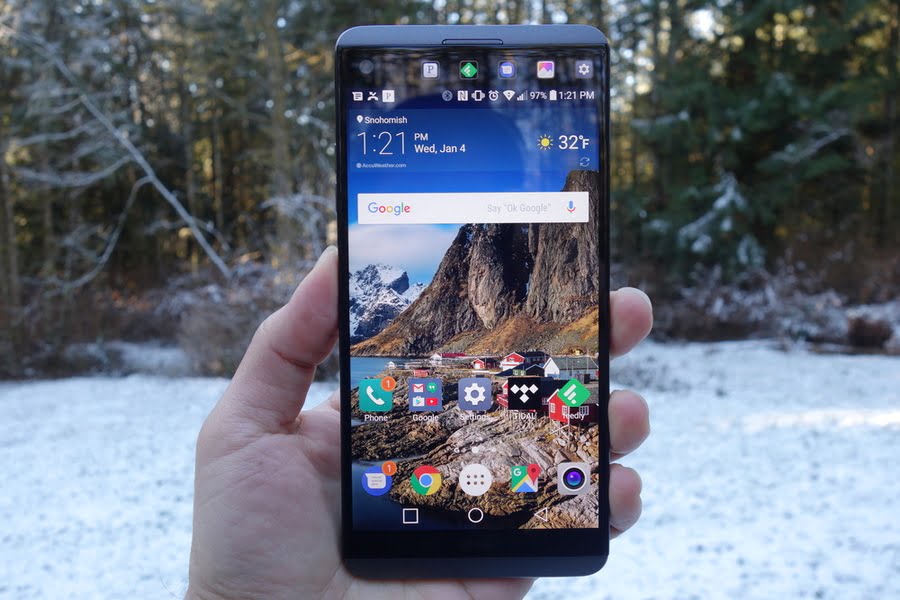
There’s a high standard expected in the displays of flagship smartphones, due to the stiff competition from Samsung’s stellar S-AMOLED panels and Apple’s accurate IPS LCD’s. We’ve observed all other major players significantly close this gap in the past year; the displays in the HTC 10, Moto Z Droid, and Google Pixel both got high praise in our tests. But this also means that we notice when a flagship doesn’t quite hit the mark, as unfortunately is the case with the V20.
We’re a little perplexed as to why the V20’s panel isn’t as brilliant as that in LG’s preceding G5 flagship, which was released earlier in the year. The temperature of the display noticeably leans on cold, colors are relatively dull (and not very accurate to the reference RGB spectrum), and there’s too much brightness shift at just a slight angle away from a dead-on view. We’ve also seen brighter panels from the competition (although, the V20’s screen performs respectably outdoors and in direct sunlight). This isn’t to say that the V20’s display is bad, per se, but the overall quality is definitely behind today’s standard for a high-end smartphones.
A redeeming factor may be the V20’s signature and unique secondary screen atop the primary display. It is implemented the same way as the V10, with an asymmetrical 2.1″ strip (despite the V20 dropping its predecessor’s dual front camera setup for just a single wide-angle one). Some folks may pass it off as gimmicky – a sentiment we won’t completely dismiss – but our time with it has been more positive than expected. Infact, the display is much better when compared to other top-selling models, as you will find out in this Lg Nitro Hd review.
The Second Screen serves three functions: shortcuts, notifications, and an Always-On display when the primary screen is off. Notification support is thankfully robust, responding to just about everything thrown at it. You’ll see a preview of the notification pop up for a few seconds (i.e. from messages, emails, calendar appointments/reminders, social media, etc.), which can be tapped to open the app.
When the main display is on, the Second Screen displays different sets of shortcuts that the user can swipe between, like favorite contacts, system settings, and music controls. Our personal favorite is a live list of recent apps, which is quicker to use than Android’s app carousel switcher.
Camera
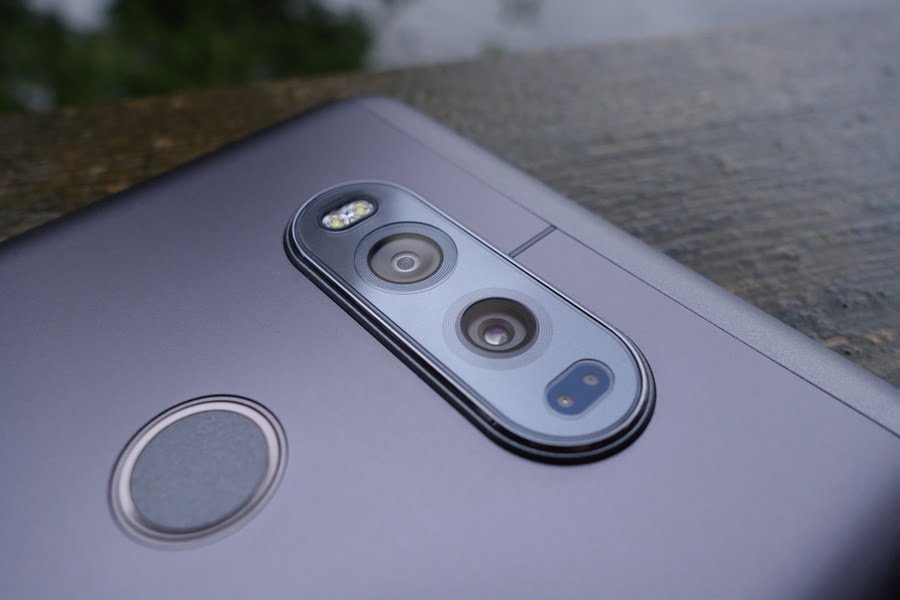
The V20 carries over the same dual rear camera setup as found on the G5: 8MP wide-angle (135 degrees) and 16MP standard angle lenses. In our G5 review, we praised the detail and sharpness of the standard module, and appreciated the spacious capability of the wide shooter. It’s important to note that the wide-angle lens isn’t just inferior in terms of megapixels but lens aperture as well (f/2.4 vs. the larger f/1.8 opening on the standard-angle lens), meaning that its quality struggles much more in darker situations. But you can still get some stunning shots in well-lit environments.
Read: Best Smartphones Cameras
Our only criticism with the G5’s camera performance was that it didn’t hold up as well with dynamic range as Samsung’s Dual Pixel sensors, sometimes over-highlighting bright areas. You can expect similar quality from the LG V20’s cameras. Check out some of our favorite shots in the gallery below.
Software
Prior to its release, LG boasted that the V20 would be the very first handset to sport Google’s latest Android release, 7.0 (aka Nougat). The Google Pixel followed it out the gate with the slightly newer 7.1 update, but being that Android updates roll out so slowly and that Samsung struggles to keep up, packing the latest major software build is still significant. As of late, LG has lightened up its historically heavy UX interface, and we can now see a balance with elements of stock Android. For instance, the drop-down notification shade drops LG’s circular and cyan theme for Nougat’s flat, white, and floating icon aesthetic.
The company is still insistent on dropping the Android app drawer button, but fortunately like on the G5, the user can enable it from the system settings if they so choose. We must note that even though a phone has Android 7.0, this doesn’t mean that Google Assistant is in tow, which is at the moment a Pixel exclusive feature (check out our review of the Google Pixel to find out more about its software). Therefore, long-pressing on the Home button still launches Android 6.0’s Now on Tap feature, that queries information on the screen and provides quick toggles to the Google Now panel, Maps, or Reminders. This however doesn’t mean that we don’t have some of Nougat’s hot tricks, such as double-tapping the Recent Apps button to quickly switch between the two most recent apps, and Android’s new dual-app window feature.
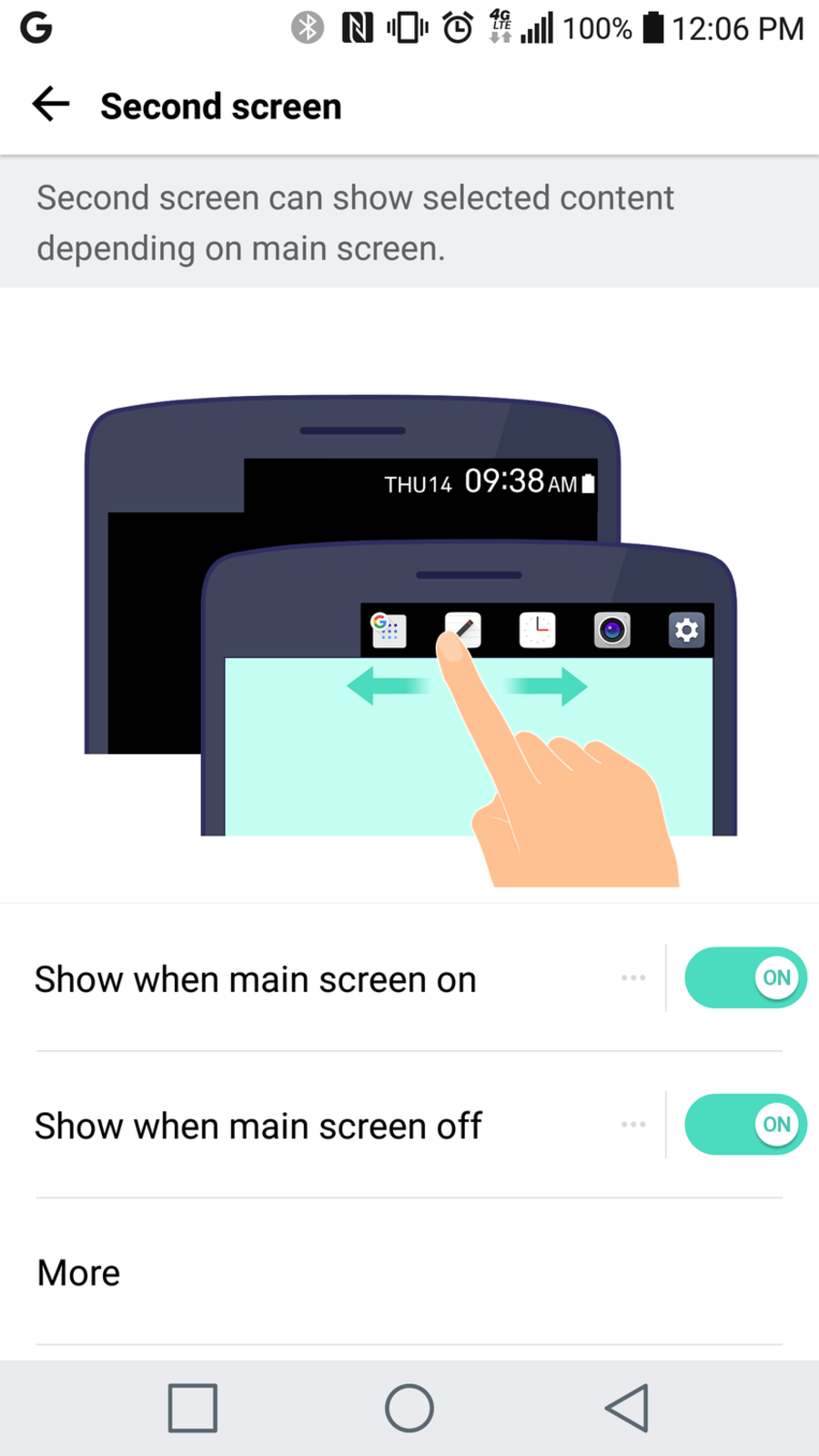
LG’s focus on functionality ensues when digging into the settings. The company used to just dump feature after feature, but as of late, it has sifted out the most useful ones. For instance, stock Android does not give the user any control over the bottom navigation buttons. On the LG V20, you can change the order of them, chose between a light or dark colored bar, and even enable the bar to hide in select applications (letting the app take up the entire screen, at the user’s discretion). There’s also LG’s reliable KnockON double-tap-to-wake feature, improved remote controls (the V20 has a top-mounted IR Blaster that can work with many devices – TV, cable box, audio equipment), and UI theming.
The Second Screen can also be customized to an extent, such as being able to select which preset panels are active (Signature, Quick Tools, Recent Apps, Music Player, App Shortcuts, or Contacts) or change their order. We’re also glad that LG thought to include a scheduler for the Always-On display, so it doesn’t end up as an annoying light on the bedside.
Final Thoughts
There’s no doubt that the LG V20 is among the best phablet-sized smartphones on the market today. This sentiment is further emphasized in light of the great but ill-fated Galaxy Note 7, because Samsung has a clear upper-hand with build quality.
Where the V-series continues to trump others is with functionality – the LG V20 is packed to the gills with features, some of which you won’t find on other phones, like a cutting-edge HiFi Quad DAC for unrivaled headphone audio, secondary-screen tools, and wide-angle cameras. The useful UI tweaks and exceptionally robust manual camera controls do well to strengthen the experience from the software front, and if LG can make the right improvements moving forward, in areas like the screen quality and waterproofing, we’ll say that the V-series has a very bright future indeed.
